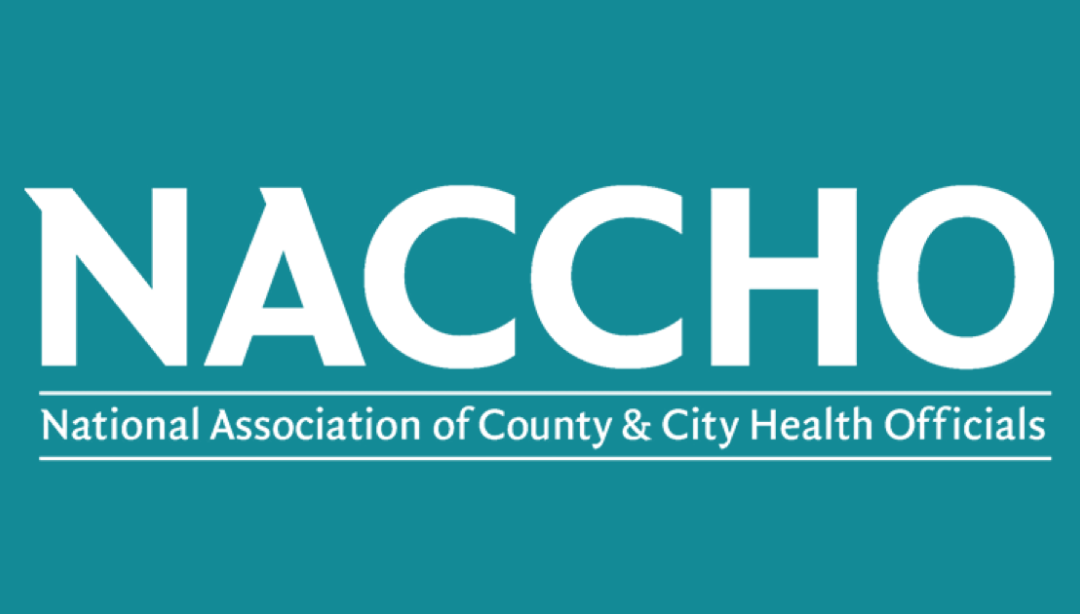As mosquito and tick season approaches, local health departments across the country are limiting vector control activities due to the COVID-19 pandemic
- Reduced or suspended services and activities, often because staff are pulled away to focus on COVID-19 response.
- Shuttered outreach, education, and prevention efforts due to implementing social distancing guidelines and lack of staff.
- Hindered ability to bring on temporary staff or interns. Many vector organizations rely on seasonal hires to support mosquito season trapping and control during the warmer months.
- Limited ability to test mosquito samples for disease due to decreased laboratory capacity from COVID-19 surge. For some, this means longer wait times for results, only being able to test select mosquitoes, or having to find testing alternatives to their jurisdictional or state labs entirely.
- Prioritization of PPE for COVID-19 is leading to supply shortages in vector programs, as N95 masks are also used for chemical control applications.
- Ramping up the dissemination of educational materials to their communities through various media outlets (social media, radio, etc.).
- Using mapping tools to look at mosquito habitat and prioritizing efforts in areas where the most good can be done for the greatest number of residents.
- Focusing surveillance efforts on the areas that have historically yielded positive pools of specimens.
- Establishing a statewide collective of vector control professionals to discuss strategies in maintaining program operations and navigating the challenges brought by COVID-19.
- Equipping vector program personnel to set and collect surveillance traps from home.
Tickborne diseases hit a record high in the United States in 2017, with nearly 60,000 reported cases, including 42,743 cases of Lyme disease. Cases decreased in 2018, but are still significantly higher than they were in the early 2000s. West Nile virus is the leading cause of domestically acquired mosquito-borne disease in the continental U.S. In 2018, 48 states and the District of Columbia (DC) reported 2,813 cases of domestic mosquito-borne arboviral disease, including 2,647 (94%) West Nile virus disease cases. Other diseases
# # #
About NACCHO
The National Association of County and City Health Officials (NACCHO) represents the nation’s nearly 3,000 local governmental health departments. These city, county, metropolitan, district, and tribal departments work every day to protect and promote health and well -being for all people in their communities. For more information about NACCHO, please visit www.naccho.org.

